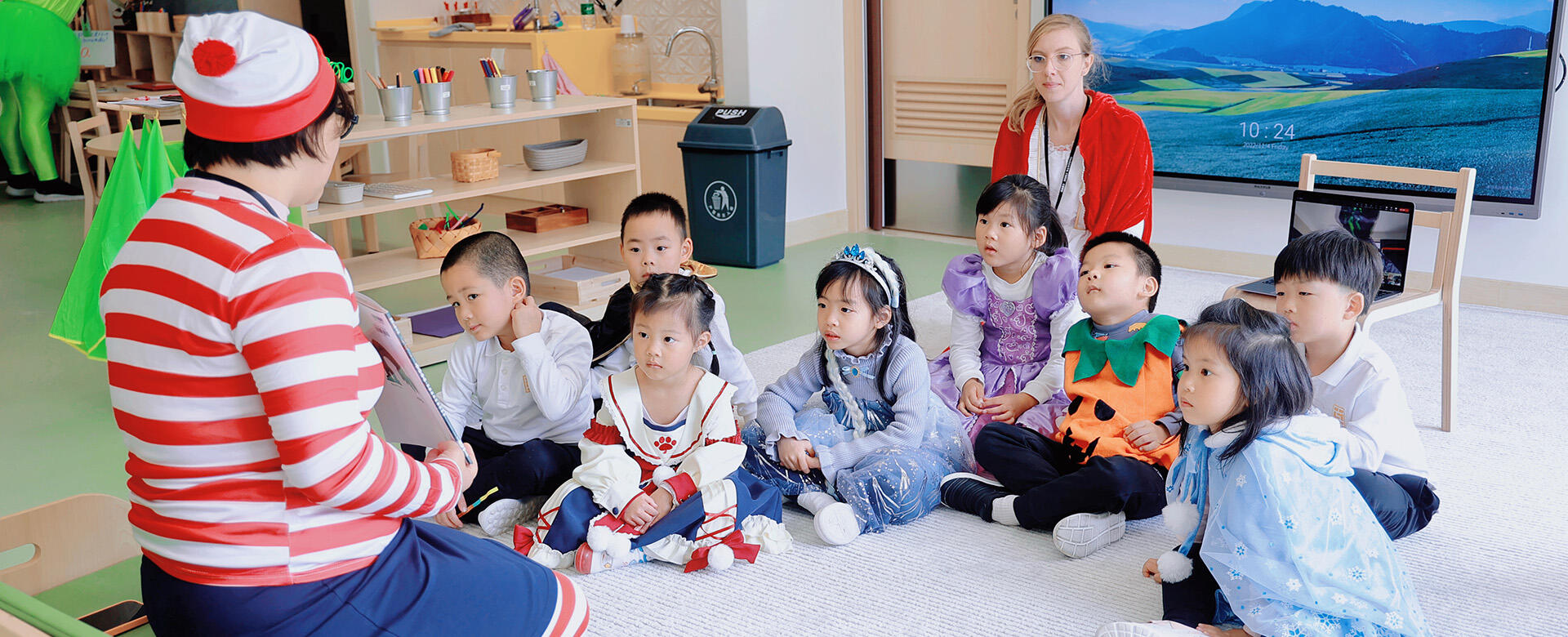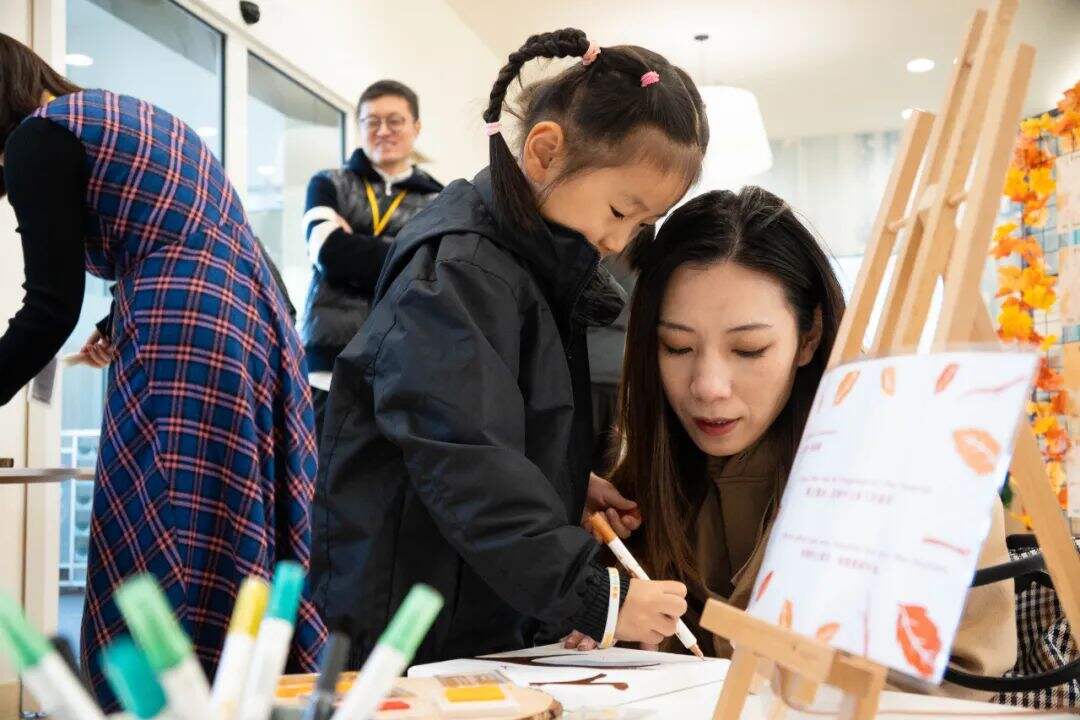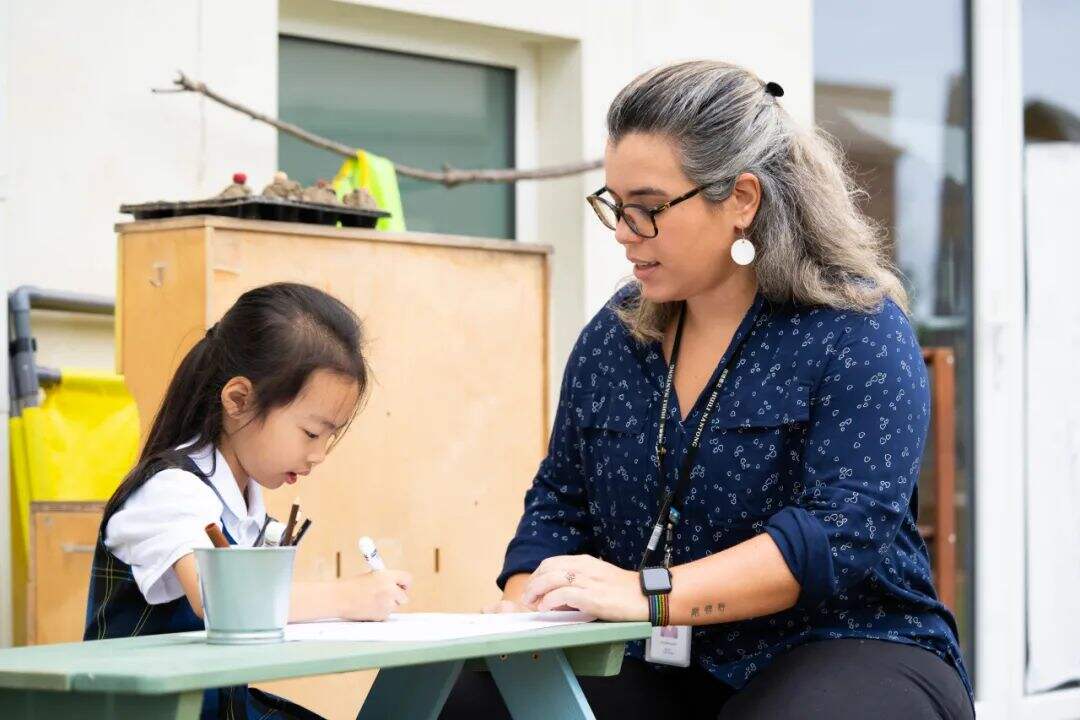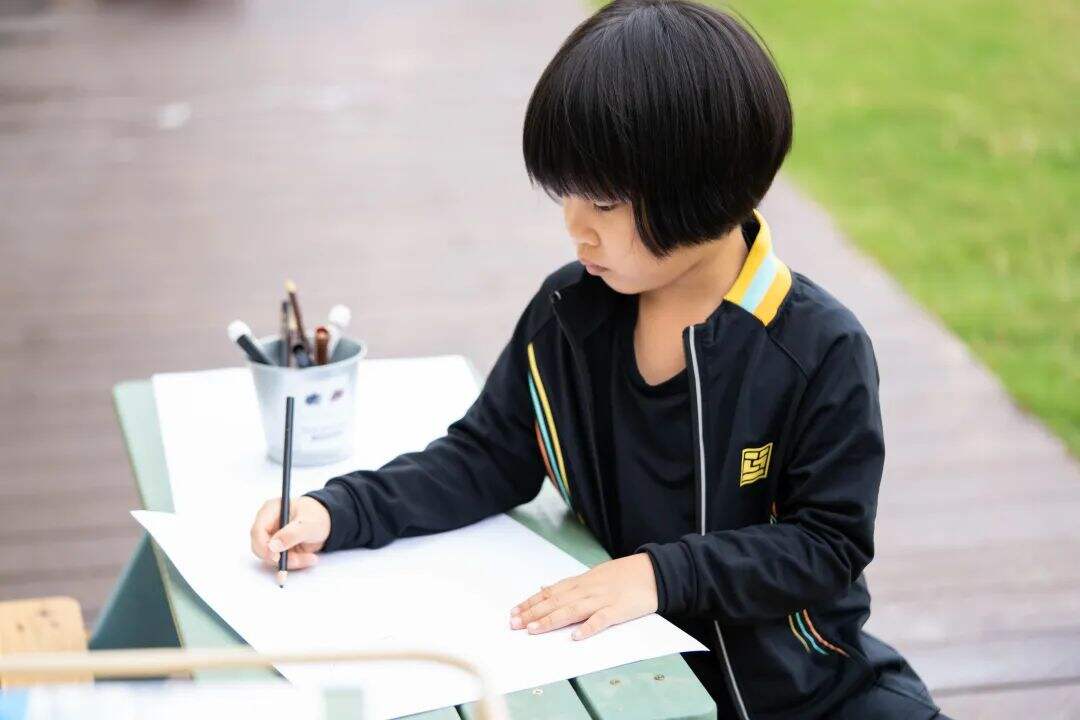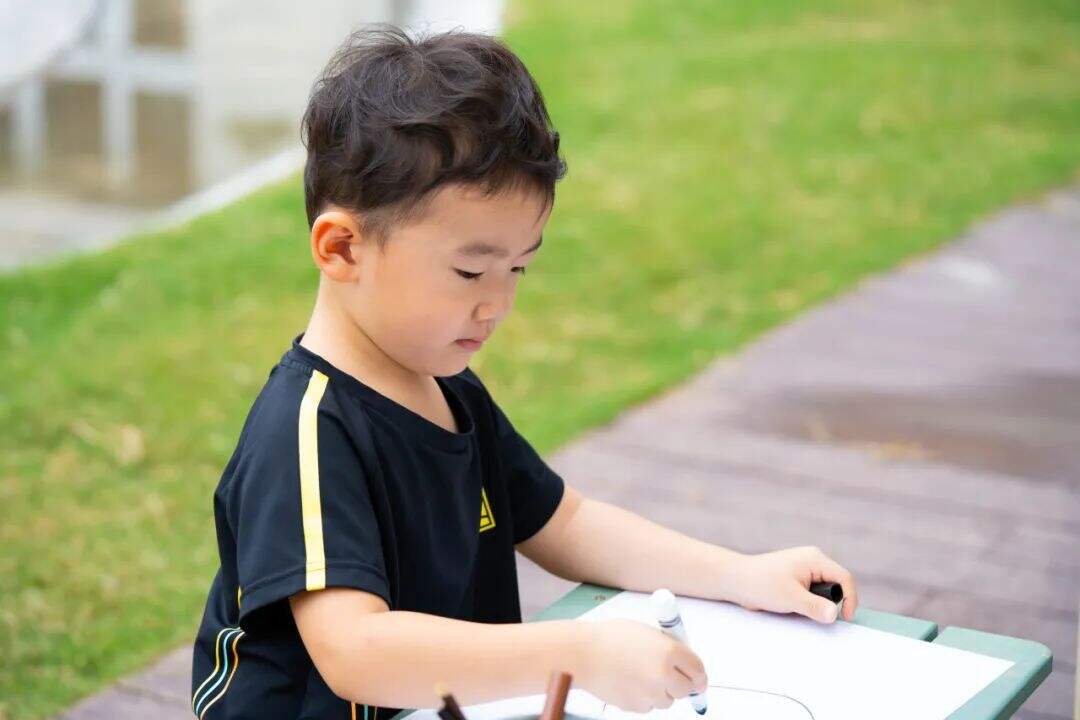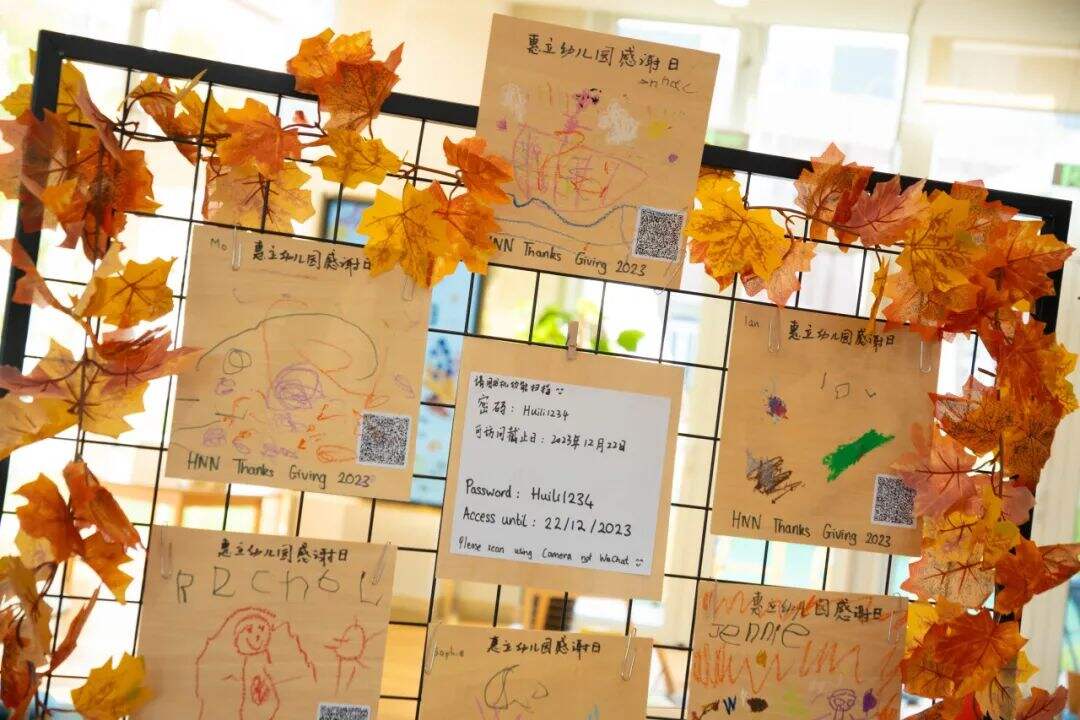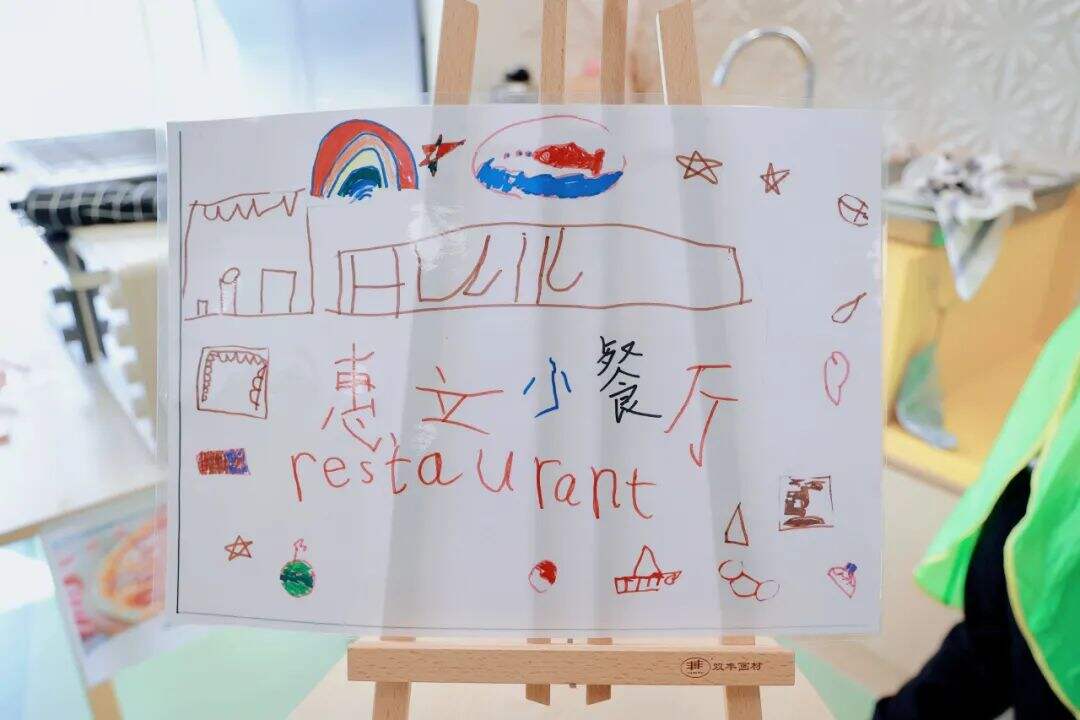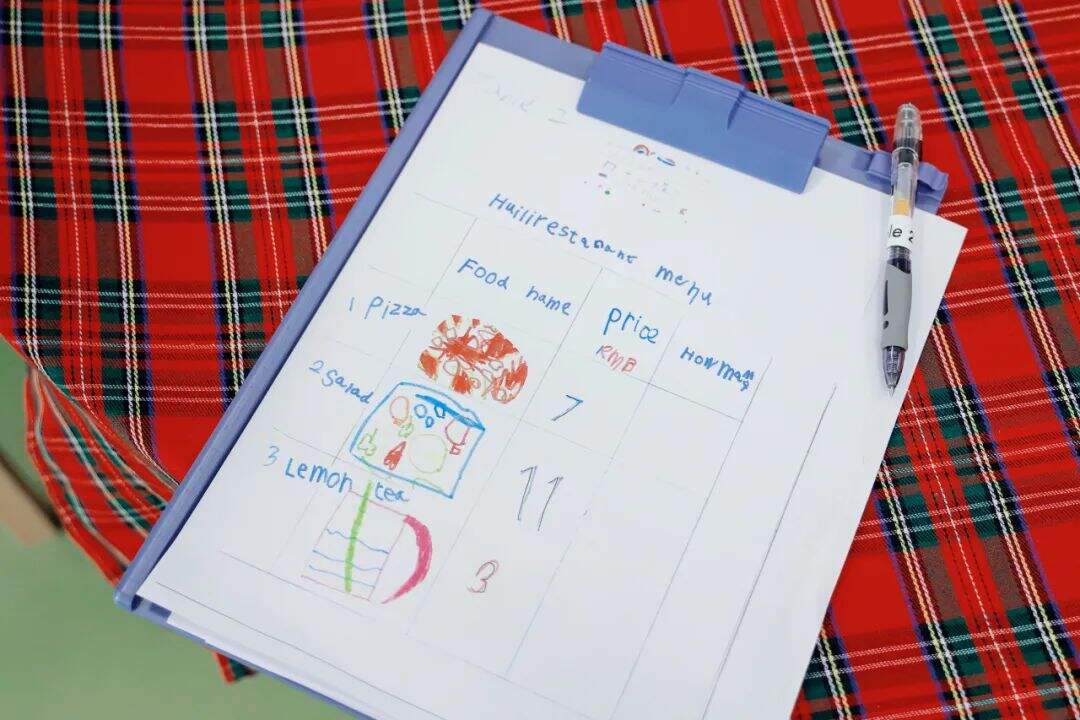In our Nursery children are on a wonderfully exciting journey to becoming writers. Have a look at the journey of a writer at HNN below:
•In EY1, at two years old, children are given explorative opportunities to develop the gross motor skills and mark make. This is ‘pre-writing’ an incredibly important first step in becoming a writer. To adults it might look like scribbles, but attaching meaning to these lines on the page gives them meaning and to a two-year-old, that’s writing.
•In EY2, at three years old, children often start to make recognisable marks using a variety of tools and equipment. Their drawings might become more detailed, they may begin to copy letters in their name, and this is all because of the strengthened fine motor skills (stronger hands, fingers, and arms). Children at this development point might use symbols and random letters to ‘write’ what they want to say.
•In EY3, at four years old, children might start copying print from around the environment. They often use letters to write words by segmenting them into the sounds they know. They could write labels using a mixture of letters and drawings – for example a ‘don’t touch’ sign on their construction project.
•In EY4, at five years old, the children are using writing for a purpose. They use their Phonic knowledge to write words and sentences about a range of topics. For example, creating a menu for the Hiba Restaurant, making invitations to our Thanks Giving celebrations or asking questions about the snacks for our upcoming Adventures in Nature. Students are developing stamina for writing longer pieces of work based on their own interests and ideas.
